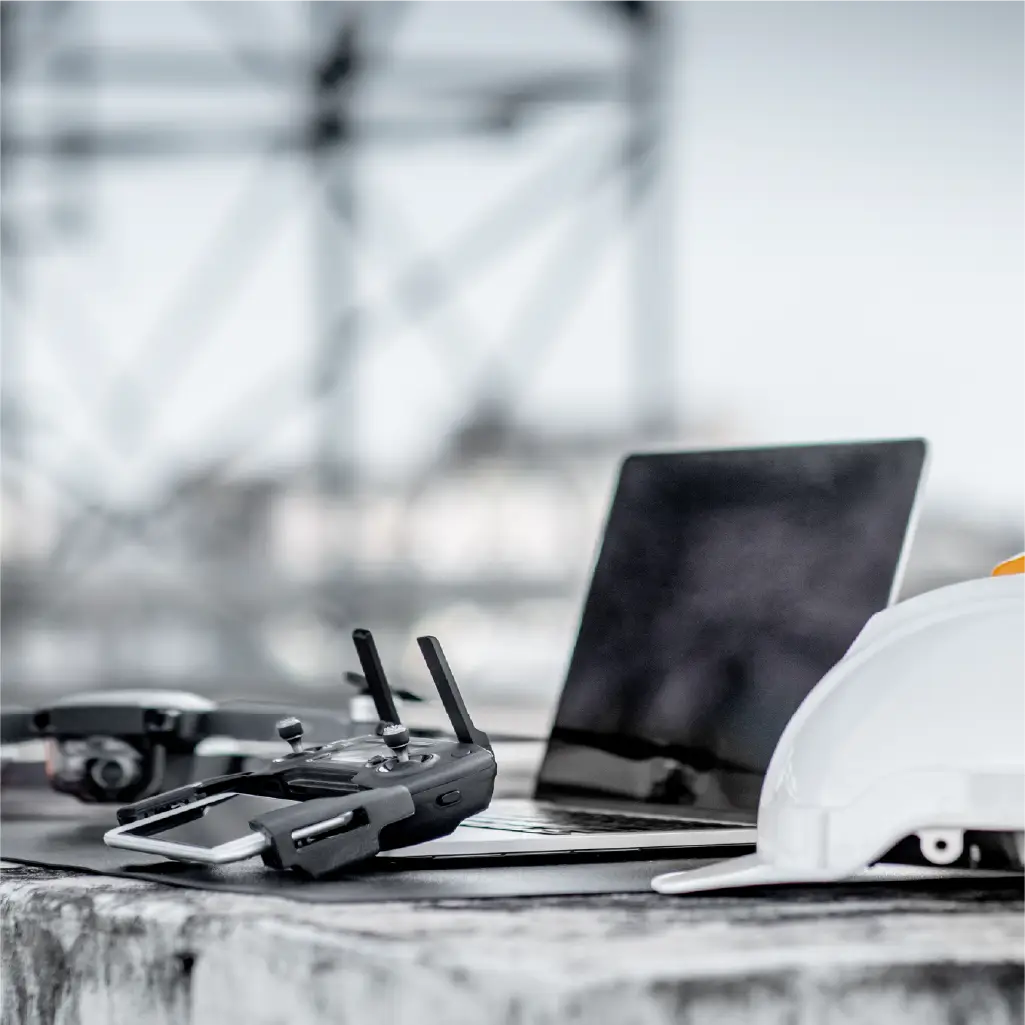Revit Guides
Data Management
ELI5

Digital twin
ELI5-S1 BIM Basics E19_Digital Twin “The digital twin is the virtual representation of a physical object or system across its life-cycle. It uses real-time data and other sources to enable

BIM
Building Information Modelling (BIM)[1] broadly describes the processes employed during digital information management related to a built asset such as a building, bridge, highway or tunnel. ISO 19650 outlines a
system
interacting objects organized to achieve one or more stated purpose [SOURCE: ISO/IEC/IEEE 15288:2015, 4.1.46, modified — The words “combination of” at the beginninghave been removed; “elements” has been replaced by
taxonomy
A system for naming and organizing a set of words or phrases, into groups that share similar qualities, used for organising information and primarily intended for browsing. In BIM contexts
System of systems
A system of systems is a collection of many different systems, each with its own characteristics. [1] System theory assumes that certain underlying concepts and principles are applicable to different
systems thinking
System thinking is an approach to integration based on the idea that each component or part of a system acts differently when isolated from its environment and other parts of
system of insight
A system of insights can helps your company make decisions, and it is designed to be part of business decision-making process. It involves gather data, use it, find relationships and
ubiquitous access
The modern era of IT has turned to ubiquitous access to all organizations and users. The vision is to provide one “universal access,” i.e. access to all IT services, regardless
System of engagement
The System of Engagement is defined as a platform that manages supported digital engagement, of systems like Browsing, Web Chat, Messaging, videos (Facebook, WhatsApp, TEAMS, ZOOM, Signal, Slack, etc.), various

change strategy
Concept of change strategy involves identifying objectives, formulating intervention concepts for change, forming and defining success parameters, and implementing strategies. This includes testing the effectiveness of the changes and their
Industry 4.0
Industry 4.0 is more than just manufacturing. Smart, connected technologies transform how we design, manufacture, use and maintain parts, products, and entire buildings. The interconnected technology also changes the way
Open Data
The Open Data Institute (ODI) defines open data as information that is licensed for anyone to use for any purpose at no cost. Open data can be accessed, used and
Resources Description Framework (RDF)
Resources Description Framework (RDF) major component of the semantic web as they provide a means for identifying resources with Namespace (NS)
Semantic Web
The Semantic Web, as defined by Ontotext[1] is the extension of the existing information and data on a network (or Web) to include data descriptors, which are intended to allow
Industrial Internet of Things (IIoT)
The industrial IoT (IIoT) forms an integral part of Industry 4.0, and smart manufacturing refers to interconnected sensors, and other input/output devices linked to manufacturing applications, supporting industrial automation and

